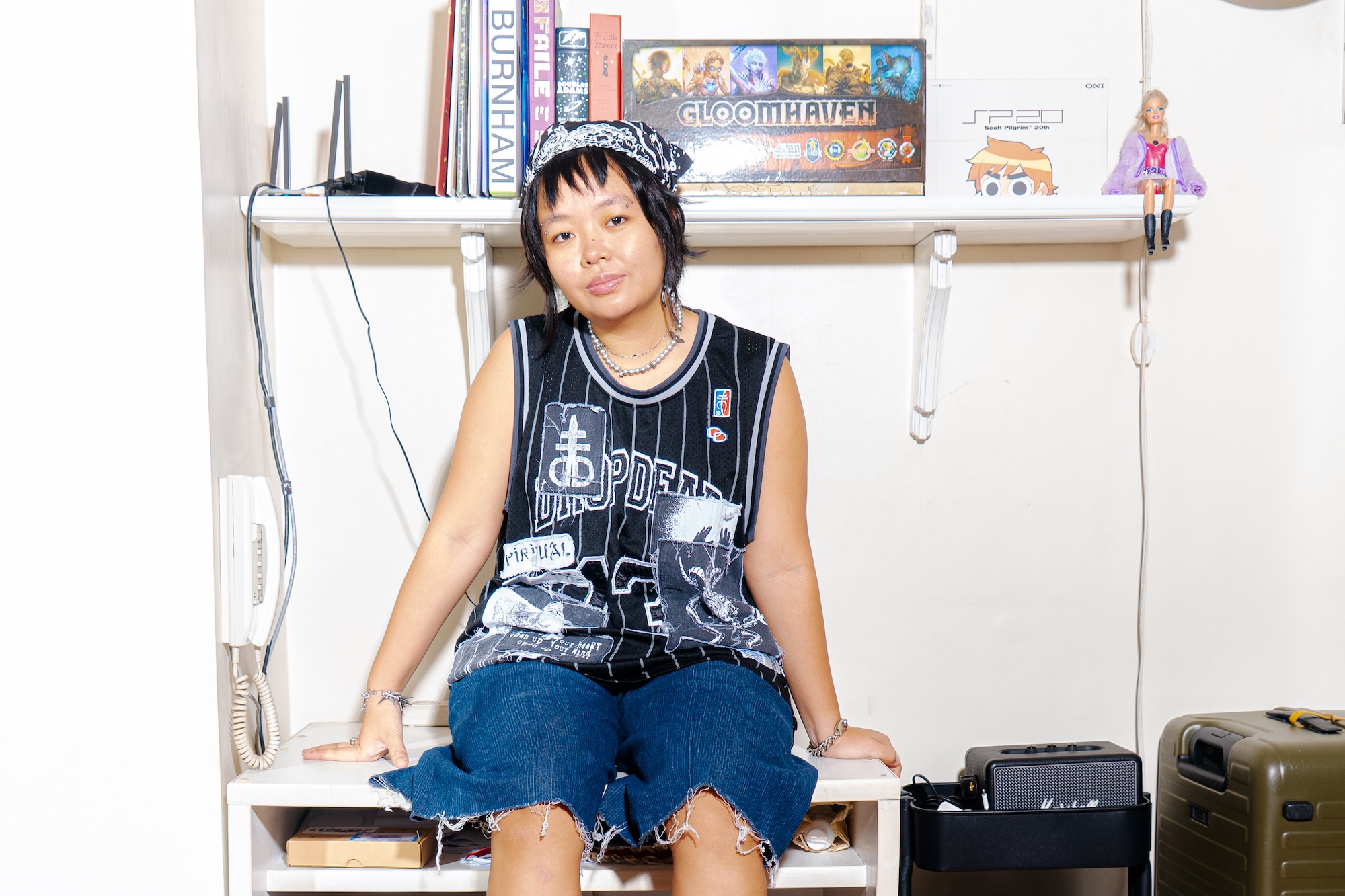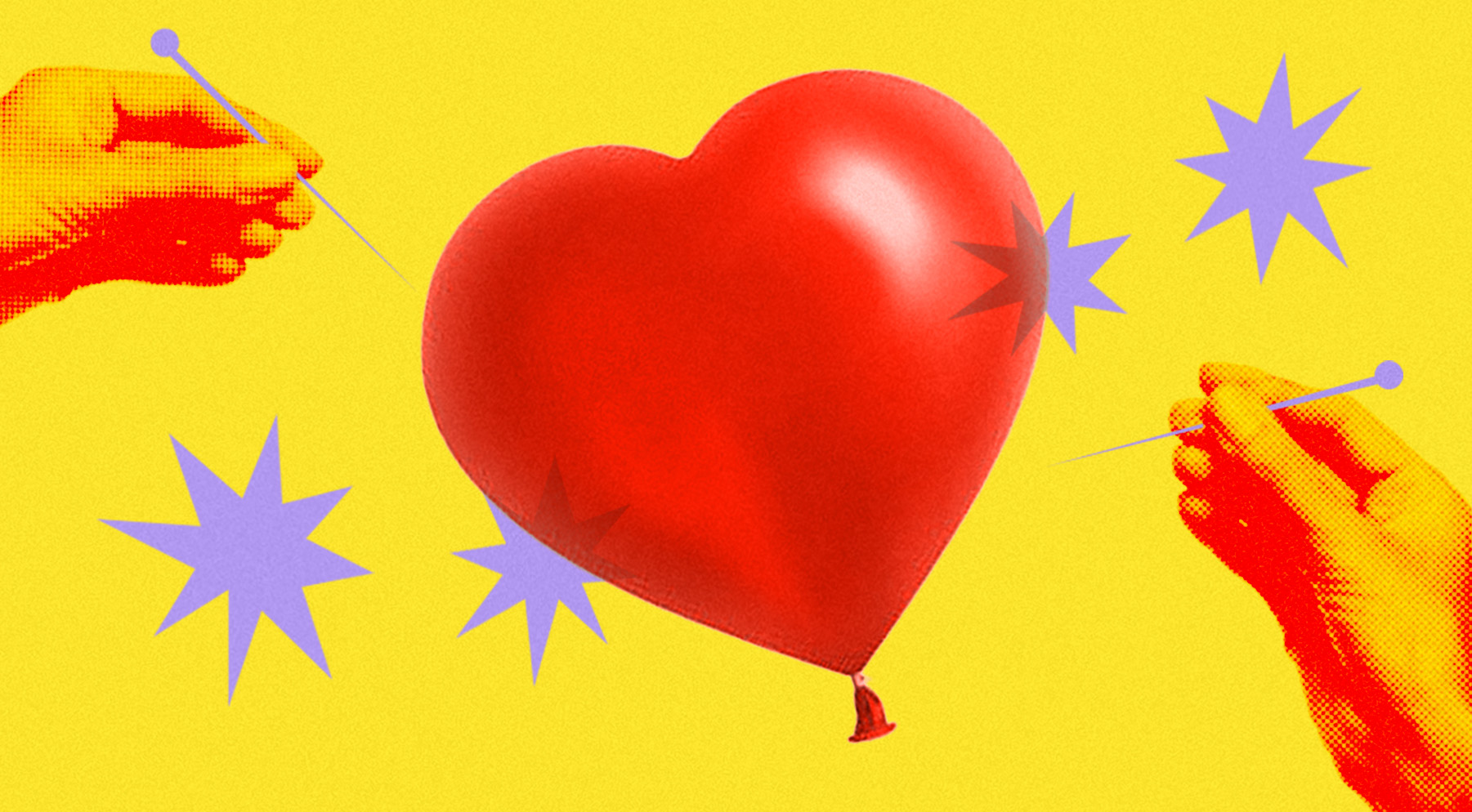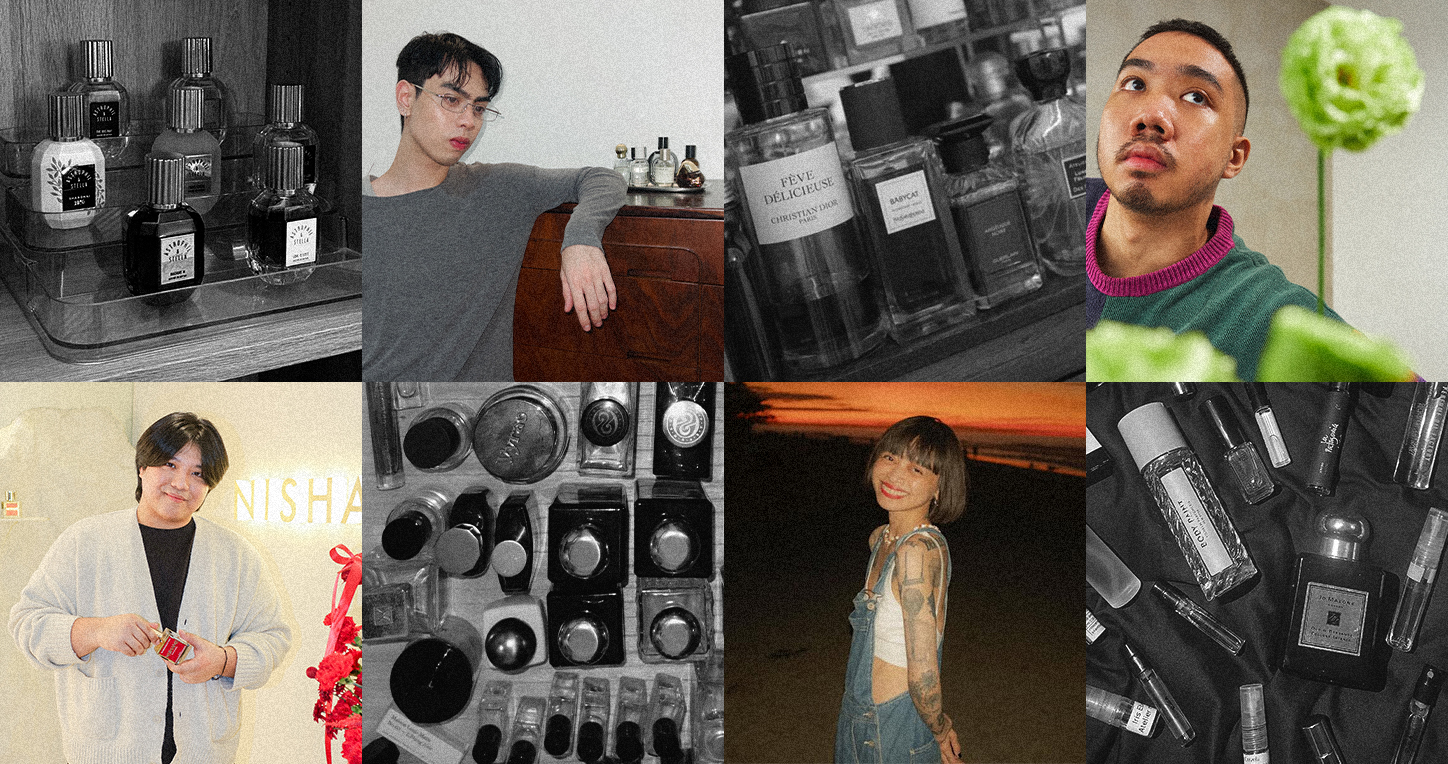The time of two-tailed mermaids and big brand coffee chains is over; third-wave coffee is the new big thing. These days, it seems as though the regular cup of joe won’t cut it for the avid coffee consumer anymore. People are looking to level up their caffeine experience by only drinking coffee made up of single-origin beans that were harvested straight from the gardens of Ethiopia. That’s all well and good, but what does that even mean?
If you take a cue from past experience, you should know that with the rise of specialized hobbies comes an air of snobbery. For true aficionados, all of this specialty mumbo jumbo makes perfect sense. But for the ordinary coffee consumer, all of these choices come off as a little superfluous. Do you really need a million different extraction processes, and do these really make a difference?
This question is relevant because it is really irksome to see pretentious customers buying into the craze even when they clearly have no real interest in the art. What’s worse is when they so emphatically air their views on different varieties of Grade A beans from the exotic and far off land of so-and-so. Seriously, there’s no shame in admitting that your regular diet subsists on 3-in-1. And inversely, no one should shame you for such. Thus, we require the wisdom of true aficionados to quell this prevalent ignorance on the matter. After all, the craft of brewing is as relevant to our culture as any other form of art, and there is much to be discovered.
To demystify the phenomenon that is third-wave coffee, or even the enigma of coffee in general, we interviewed the very amiable Jonathan Choi of Magnum Opus and received a few words of wisdom.
Q: In your own words, how can you explain Third Wave Coffee?
The third wave of coffee aims to make it all about the coffee, I think. It’s not uncommon for specialty coffee operators and baristas to know intricate details about their coffee; like where they came from, what the process is, what brew method is best for it, or what flavors you’ll expect. Most likely, we’ll use specialty grain coffee, which is actually not just a marketing label, it’s actually a grade. It’s a grade wherein your coffee ranks or grades at least 80 points out of a hundred, and that grade gives coffee consistency. Because to get high grades, you have to know where it comes from; it has to be nicely cropped, it has to be from an area; it can’t be just rinsed out of the mill, just shipped out, labeled or whatever. So yeah, third wave focuses on specialty coffee. Third wave focuses on single origin coffee because they kind of want people to appreciate coffee as more than a caffeine deliver system, it’s more of an artisanal food product; more of a cup that you want, not a cup that you need.
Q: So how can we identify good cup?
Balance is a grade for which coffee is judged. Bitterness shouldn’t be something to be afraid of because it adds a nice balance, it adds a nice base node to your coffee. But if you ask me personally, because of how I got started, because of my story, and because of how nostalgic I am of a certain coffee, the best coffee for me is something that just completely blows your mind. It can be in the form of extreme balance or extreme flavors that you’ve never tasted; it has to be an eye opening experience that makes you realize that “Okay, there is something more to coffee as a beverage than just what we’re used to.”
Q: Coffee connoisseurs drink their coffee black, is there any way to enjoy good coffee in different variations?
It’s something we actually do. Any specialty or third wave coffee operator would want people to enjoy black coffees the same way he does, but there is a way to do justice to specialty grade coffee in a drink like a cappuccino or a latte and it involves pairing your good quality coffee with good quality ingredients. To be honest, for specialty coffee, a lot of people still order the basics like a cappuccino or an Americano or a latte or a mocha and just doing it really well kind of still gives you an identity as a specialty coffee shop, because even if no one orders your hand brew, if your coffee’s quality is better, then people will still notice that. So specialty coffee people still do the basics, but [will put] the same level of quality with everything else they make.
Q: So what is a good way to ease into drinking coffee black?
Mocha is the gateway coffee. For us, it’s called the Belgian Heartbreaker. All of our coffees still highlight the coffee component; we don’t dilute it with tons of milk or sugar. It is sweet, we use Belgian chocolate that’s fresh to order, but the espresso is still present so it still gives you the idea of what the coffee tastes like even if it’s a chocolate drink. So you can start with a mocha, and then maybe try a milk drink next time, so it’s just milk and espresso. Or try a longer milk drink, like a flat white or a latte which has a little more milk, but again, the coffee is still very present. And then, some people graduate to a shorter milk drink like a double shot cappuccino, and until such time, they graduate to a cappuccino. Alternately, you can just blow your mind and have us brew you a black coffee that doesn’t taste like coffee.
Q: How does the brewing process affect the flavors of the bean?
So coffee, once it’s roasted already has a set of flavors so the barista is basically the last person in the chain because it’s his job to try and zone in on the flavors that he wants to appear in the cup. So brewing methods highlights certain flavors and allows you to experience certain textures.
Q: What is your favorite bean?
My favorite is the first coffee I’ve ever tried; it’s called a Panama Geisha, so the Geisha’s the varietal. It’s a coffee that’s put up for auction every year, because it’s such a small crop of land that plants this varietal and at the same time it’s such a complex flavour compound; it has so many intense floral nodes, it has citrus, it has berry, and it’s a really nicely structured plant which means as the cup cools, the flavor changes a bit. You’d think it’s a really light coffee, but when it cooled, it tastes like chocolate. You can imagine how blown away I was by that cup, because of how can coffee taste like this? How can it change over time? That’s impossible.
That’s my favorite coffee of all time because it basically what started everything. It’s what started my pursuit for delicious coffee.
Q: Do you have any favorite local beans?
I have one local favorite. The thing with specialty grade coffee, locally, is that technically it’s still not a sustainable practice. A lot of farmers still go for volume, which is completely fine because that’s where the money is. But there are some movements that are trying to keep them aware that planting a smaller crap with more attention to the quality would give them the same thing as volume because people are willing to pay two or three times more for specialty grade coffee. But I have tasted a specialty grade coffee from a local farm, my favorite is called Datu Pepe from Bukidnon and Miarayon, and the farmer’s name is Datu Pepe. He’s a really old guy in his ‘80s and he’s still planting coffee. I tasted it last year, it was really clean, didn’t have defects, it was well sorted, and you can tell the care that went into the processing, unfortunately, it’s such a tiny lot that there’s none of it left anymore. There are movements that are trying to let them know that there’s a market for coffee like that now. People even say, “Okay, I’ll pay for your farm now and you can just pay me with harvest.”
Q: Did you envision Magnum Opus to be third-wave from the start?
Yes! Off the bat, I wanted it to be a specialty coffee shop because we didn’t really care for labels because we don’t want it to be too intimidating. That’s why we just described it as “fine coffees”; that’s when we indulge people with concepts such as third wave or specialty coffee, the importance of freshness and technique.
Q: Can you give us some go-to phrases to help us sound like coffee connoisseur?
If you want something really funny, an artwork by an artist/specialty coffee person did that satirizes the whole thing; by Carla Hackett.










































